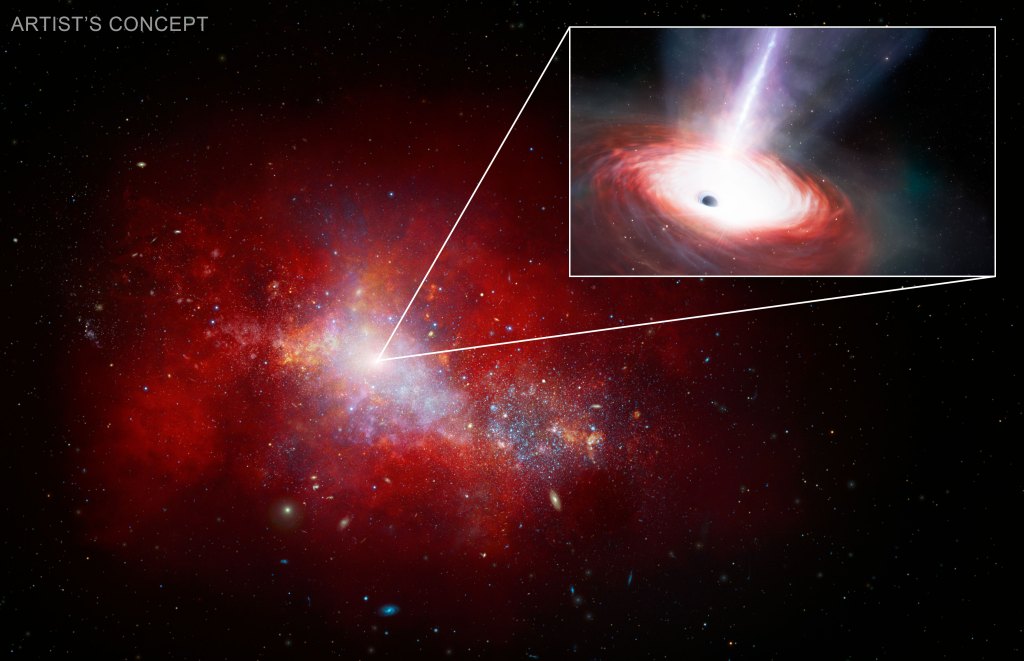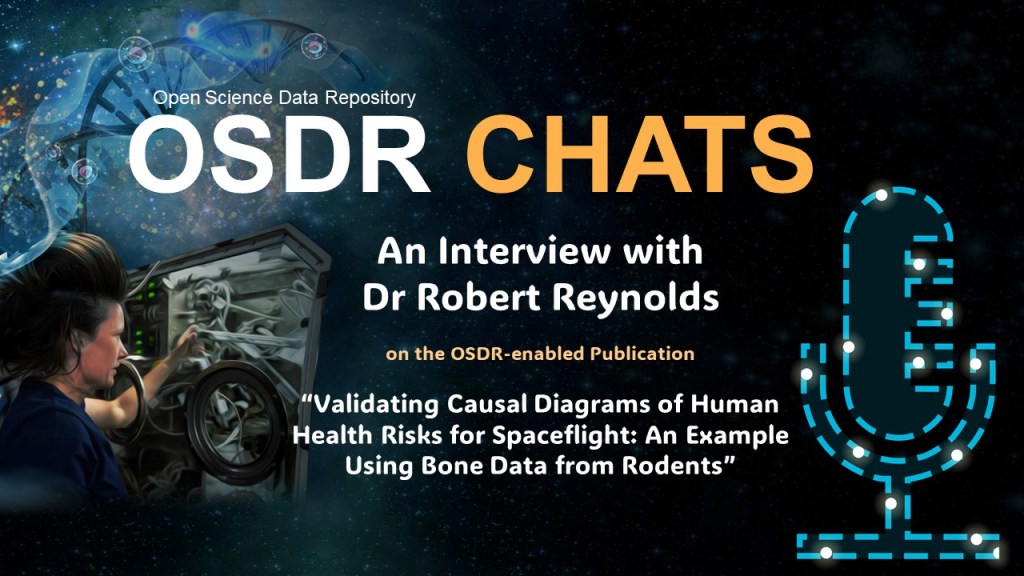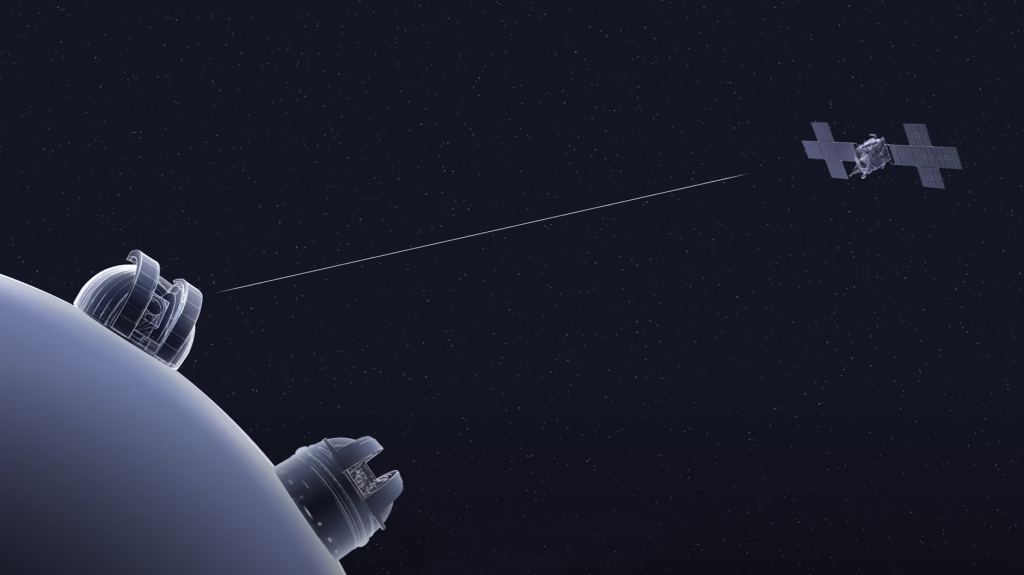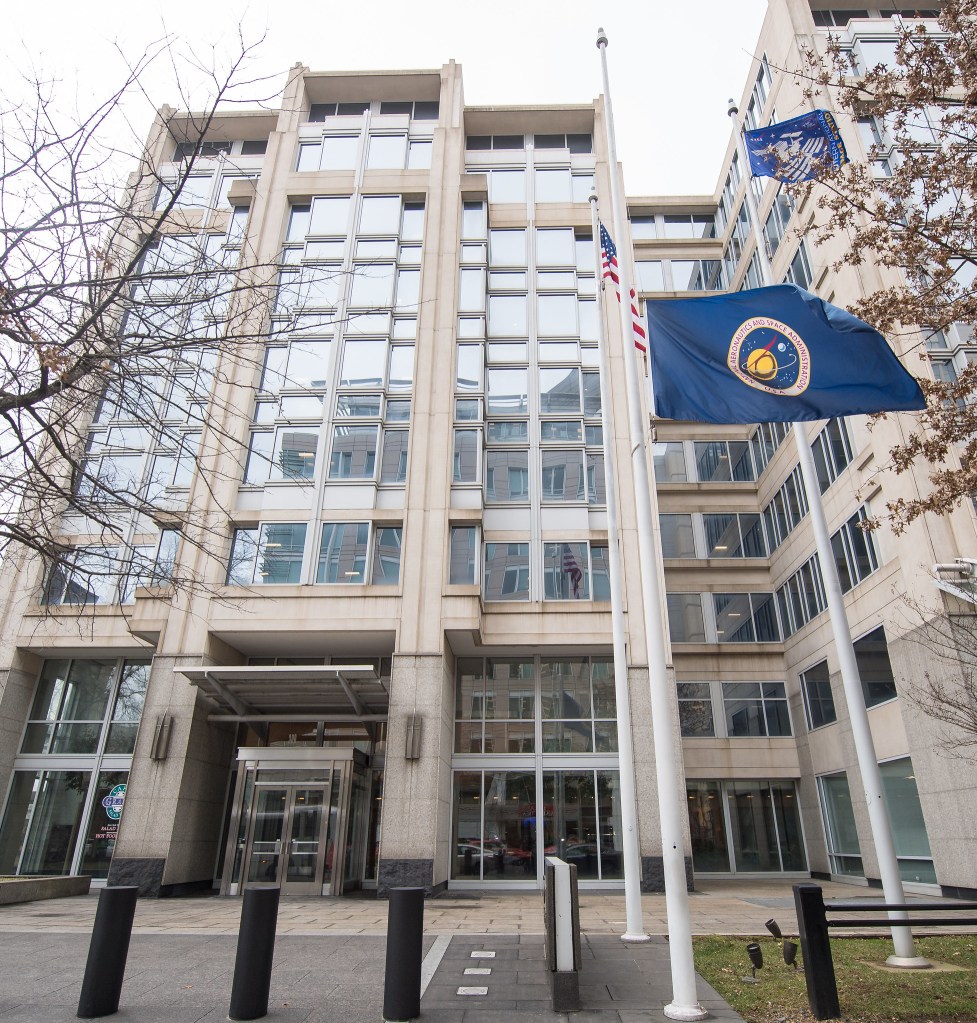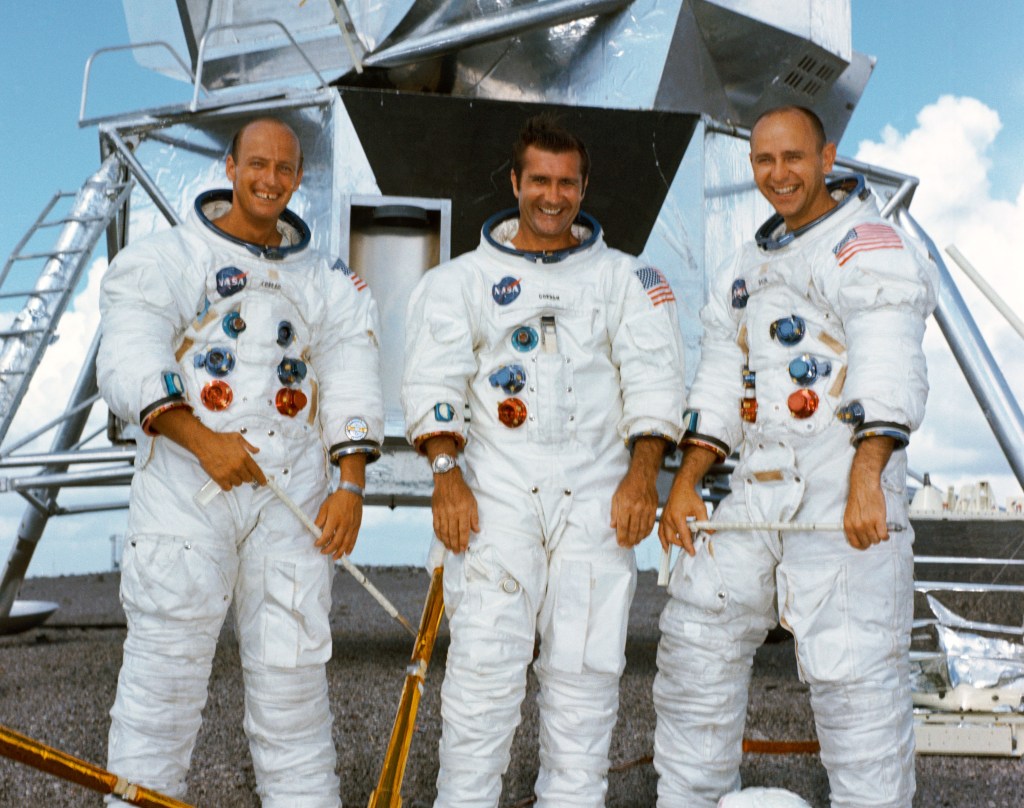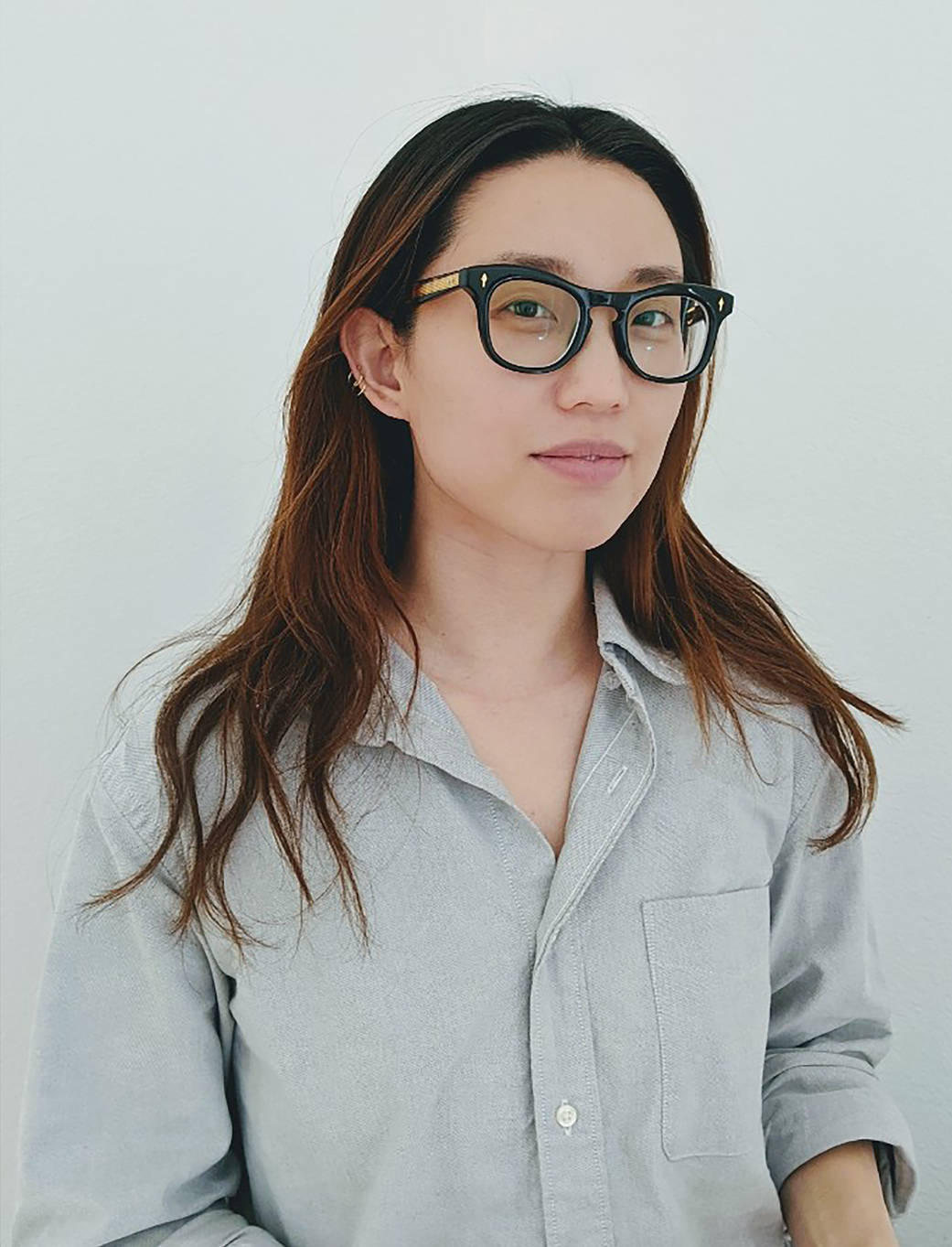Katherine Park, a designer at NASA’s Jet Propulsion Laboratory in Pasadena, California, is among the many who worked on NASA’s VITAL (Ventilator Intervention Technology Accessible Locally), a ventilator designed, built, and tested in five weeks specifically to meet the needs of the COVID-19 pandemic. She is highlighted as part of our celebration of Asian American Pacific Islander Heritage Month.
“For VITAL, I initially got involved by providing feedback for the user interface (front panel). Did the buttons make sense where they were, was it easy to tell something was an alarm versus a setting? Would a person looking at this device for the first time understand what to do? I was then tasked with creating a Quick Start Guide, which would help medical professionals understand the set up and basic functions of the ventilator, since it’s a little bit different from standard ventilators. This included illustrating various parts of the device, laying out set up and hardware configuration and assembly, etc. The demand on the technical design team was quite heavy, so I did a lot of the initial sketching and working out the parts by reading through existing manuals and seeing what parts were key and how other ventilation systems worked, and reading VITAL documentation that was being developed in real time by the design team, and editing my work as that design happened. It involved a lot of iteration and a lot of quick changing; the design team moved very quickly. It was amazing to watch parts and pieces get thrown out that didn’t work, and the speed at which the team could respond to requests and feedback from doctors to add other things. I also worked closely on content strategy with Stacey Boland (Project System Engineer, Operations Lead for VITAL) who literally wrote the Instructions for Use for VITAL. From those instructions, I took large, detailed portions and pared it down to a few short sentences to keep the Quick Start guide quick.
“At JPL, I work with technologists, engineers, and scientists to translate complex ideas and systems, usually through a combination of research, conversation, and sketching things out, so that they can be easily communicated. My goal in any project is to facilitate understanding and discussion, no matter who is in the room. Everyone has different specialties, but when you’re working out something complex, it sometimes helps to have a sketch of it on hand that can be quickly iterated as the conversation moves with the ideas. Visualizing complexity can be an extremely useful tool when the conversation covers a lot of ground. My previous work has involved concept art for theme parks as well as movie poster design, so at JPL I also have an opportunity to do more fun illustrations for outreach every once in a while and talk to the general public about space exploration through visual communication and art.
“My parents were immigrants, and I think watching their resilience on a day-to-day basis has given me a lot of room to succeed. I remember being young and listening to my mom (whose English is just a little better than my Korean) have very complex conversations with insurance agencies, banks, etc. about their policies and how they worked, and observing her style of listening, comprehending, and asking questions to figure out what was going on. She looked up everything she didn’t know or understand and was relentless in her search for understanding. The rules were totally different, the environment was different, and the language was different from what she knew, but she never backed down from a conversation she needed to have, and if she ever struggled with the difficulty of communicating, she never let it stop her. I think that example made me totally unafraid to walk into any room and know that even if I’m not there yet, I’m still capable of figuring it out, and it made me passionate about providing a deeper understanding wherever I could to people who want it.”
#AAPI
Image Credit: NASA






